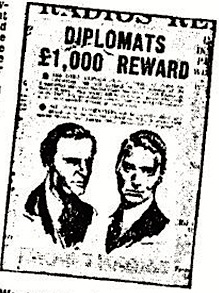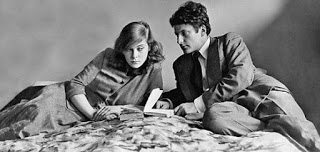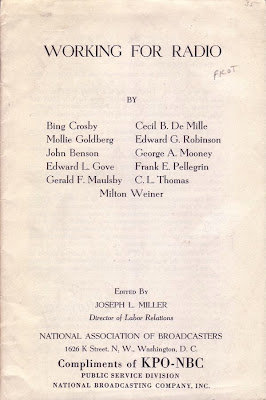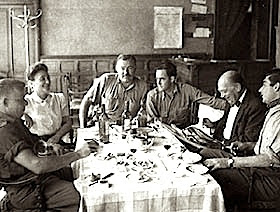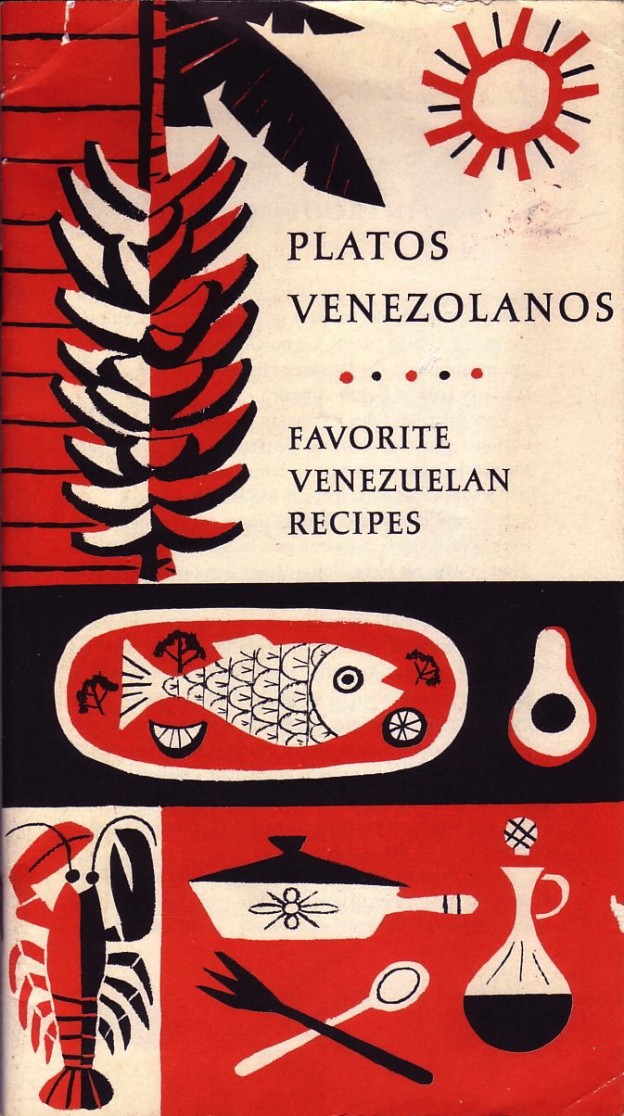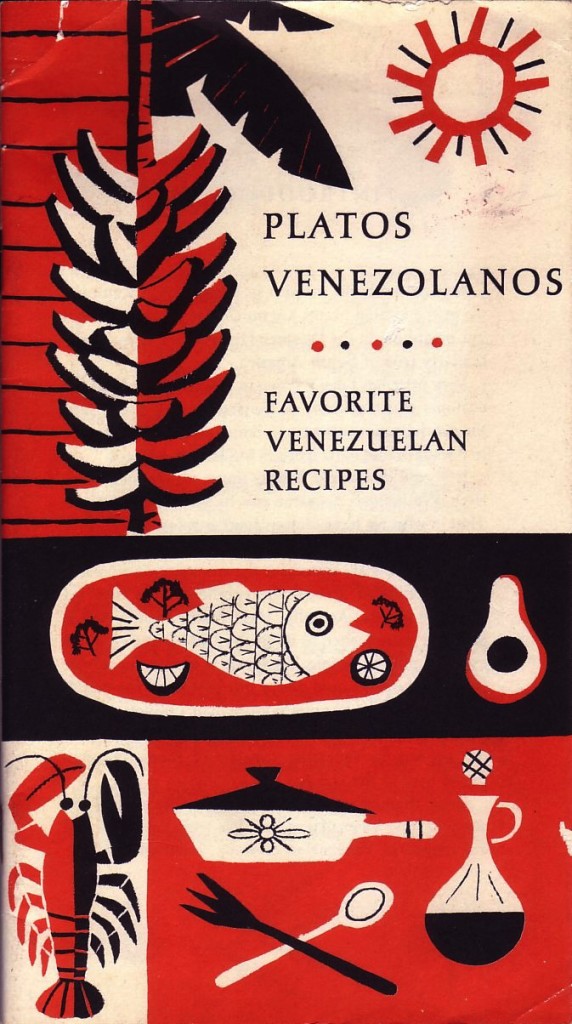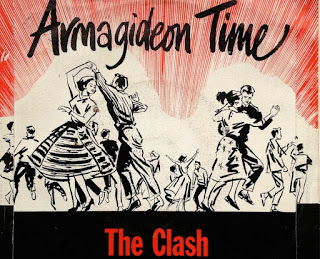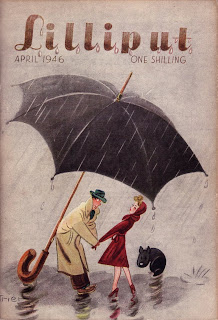It wasn't all insouciance and jollity at the Gargoyle - there were occasional fights usually involving Lucian Freud, insults usually involving Brian Howard, a couple of armed raiders (laughed out of the club and into the arms of the law) and serious discussion. Michael Luke in David Tennant and the Gargoyle Years reports the following: "…Johnny Craxton was sitting with Peter Watson at a table with Graham Greene and Freddie Ayer…Greene was challenging Freddie to furnish arguments from the depth of his agnosticism to demolish the religion he had embraced. 'Talk me out of it', he said. 'De-Catholicize me with your logical positivism.' 'And all this was going on', said Johnny 'in a Club where there was dancing and all this terrible kitsch music…that was the good thing about it. People could sit on the banquettes and little gold chairs and have proper and improper conversations and Brian Howard could go from table to table telling people terrible, cruel home truths - and the band played on without drowning it at all…'"
The following list has a few non-members but known habituees of the club, ordinary members up from Wimbledon for a night's dining and dancing were known as 'dentists'.
 |
| Dancers at the Gargoyle 1940 |
[Writers, Poets, Publishers, Journalists] Partrick Leigh Fermor, Alan Moorhead, Peter Quennell, Dylan Thomas, Caitlin Thomas, Cyrl Connolly, Stephen Spender, Arthur Koestler, John Betjeman, Norman Douglas, John Lehmann, William Samson, Ruth Sherardski, Angus Wilson, George Orwell, Sonia Brownell, Robert Kee, George Weidenfield, Humphrey Slater,Nina Hamnett, Aleister Crowley, Lance Sieveking, William Gerhardie, Walter de la Mare, Constantine Fitzgibbon, Theodora Fitzgibbon, John Davenport, Marjorie Davenport, Tom Hopkinson, Julian Maclaren-Ross, Harold Acton, Anthony West, Alexandra Emmett, Henry Yorke, Dig Yorke, Jocelyn Baines, Raymond Mortimer, Colin Macinnes, Alan Pryce Jones, Christopher Sykes, Rosamund Lehmann, Tambimuttu, Mulk Raj Amand, Kingsley Martin, Malcom Muggeridge, Lawrence Durrell, Louis, Macneice, Hugh Massingham, Pauline Massingham, Geoffrey Gorer,
Roger Lubbock, Colin Wilson, Elaine Dundy, Reggie Smith, Olivia Manning, Nanos Valaoritis, Patrick O'Donovan, Terrance Kilmartin, Joanna Richardson, James Cameron, Bernard Gutteridge, John Raymond, Paul Johnson, Keidrich Rhys, Peter de Polnay, Maurice Richardson, Brigid Richardson, Giles Romilly, Mary Romilly, Sam White,James Commotion, Ruthven Todd, Allen Lane, Sefton Delmar, Patric Cross, Jenny Nicholson, Lionel Birch, Sidney Graham, Paul Potts, Patrick Kavanaugh, Hugh Macdiarmid, Derek Patimore, Heywood Hill, Anthony Blond, Derek Verschoyle, Peter Watt, Diana Graves, Charles Wrey Gardiner, David Archer, George Barker, Elizabeth Smart, Margaret Taylor, A.J.P. Taylor, Simon Herbert Smith, Walter Baxter, James Kennaway, Susan Kennaway, Patrick Kirwan, Ronnie Hyde, Rodney Acland, Dan Farson, Frank Owen, Anna Phillips, Vincent Brome, John Moore, Marcus Morris, Ved Metha, David Moraes, Terry Southern, Martha Gellhorn, William Burroughs, Gregory Corso, Allen Ginsberg, Bob Silvers, William Saroyan, Harry Brown, John Steinbeck, Ray Bradbury, Dunstan Thompson, Henry Kurnitz, Irwin Shaw.[ + mentioned in Luke's book as having hung out there - T.S. Eliot, Virginia Woolf, Francis Bacon, Noel Coward, Edwina Mountbatten, Kim Philby, Randolph Churchill, H.G. Wells, Matisse, Tallulah Bankhead]



